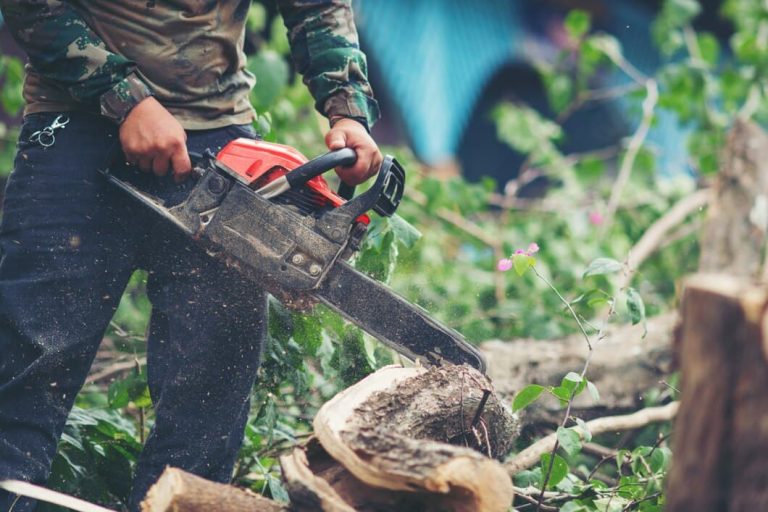Balancing Nature and Necessity
Trees are essential to the environment, providing oxygen, shade, and habitat for wildlife. They play a crucial role in reducing carbon dioxide levels and preventing soil erosion. However, there are situations where tree removal becomes necessary, whether due to safety concerns, disease, or land development. When done responsibly, tree removal can be managed in a way that minimizes its environmental impact and even contributes to ecosystem health.
Understanding the Ecological Impact
Removing a tree alters the surrounding environment in several ways. Trees contribute to biodiversity by offering shelter and food to various species, and their removal can disrupt these natural habitats. Additionally, trees help regulate temperature and air quality, meaning their absence can lead to changes in the local microclimate. These factors make it essential to carefully consider whether a tree truly needs to be removed and what steps can be taken to offset its loss.
When Tree Removal Supports Environmental Health
Although trees are beneficial, there are circumstances where their removal can improve the health of the environment. Diseased or pest-infested trees can spread infections to healthy trees, endangering entire forests or green spaces. Invasive tree species can outcompete native plants, disrupting ecosystems and reducing biodiversity. In such cases, removing problematic trees allows native species to thrive, ultimately benefiting the environment.
Sustainable Tree Removal Practices
When tree removal is unavoidable, responsible practices can reduce its environmental footprint. One approach is selective cutting, where only specific trees are removed while preserving the surrounding vegetation. Replanting efforts can also help restore ecological balance by replacing removed trees with native or more resilient species. Additionally, recycling wood for mulch, firewood, or furniture prevents waste and promotes sustainability.
Protecting Soil and Water Resources
Tree roots play a critical role in stabilizing soil and preventing erosion. Their removal can lead to increased runoff, sediment buildup in waterways, and soil degradation. To counteract these effects, planting cover crops or installing erosion control measures can help maintain soil integrity. In areas near rivers or lakes, preserving a buffer zone of vegetation ensures that water quality remains unaffected.
Responsible Urban Tree Management
In urban settings, tree removal is sometimes necessary for construction, infrastructure expansion, or public safety. However, cities can implement strategies to maintain green spaces even when tree removal is required. Urban reforestation projects, rooftop gardens, and green infrastructure initiatives help offset the environmental impact, ensuring that communities continue to benefit from tree cover.
Making Environmentally Conscious Decisions
Before removing a tree, it is crucial to assess whether alternative solutions, such as pruning or disease treatment, can preserve it. Consulting with an arborist or environmental specialist can provide guidance on the best course of action. If removal is necessary, choosing eco-friendly disposal methods and planting replacement trees can help restore balance.
Tree removal, when managed responsibly, does not have to be detrimental to the environment. By considering its ecological impact and implementing sustainable practices, individuals and communities can ensure that tree removal remains a necessary but environmentally mindful decision.

